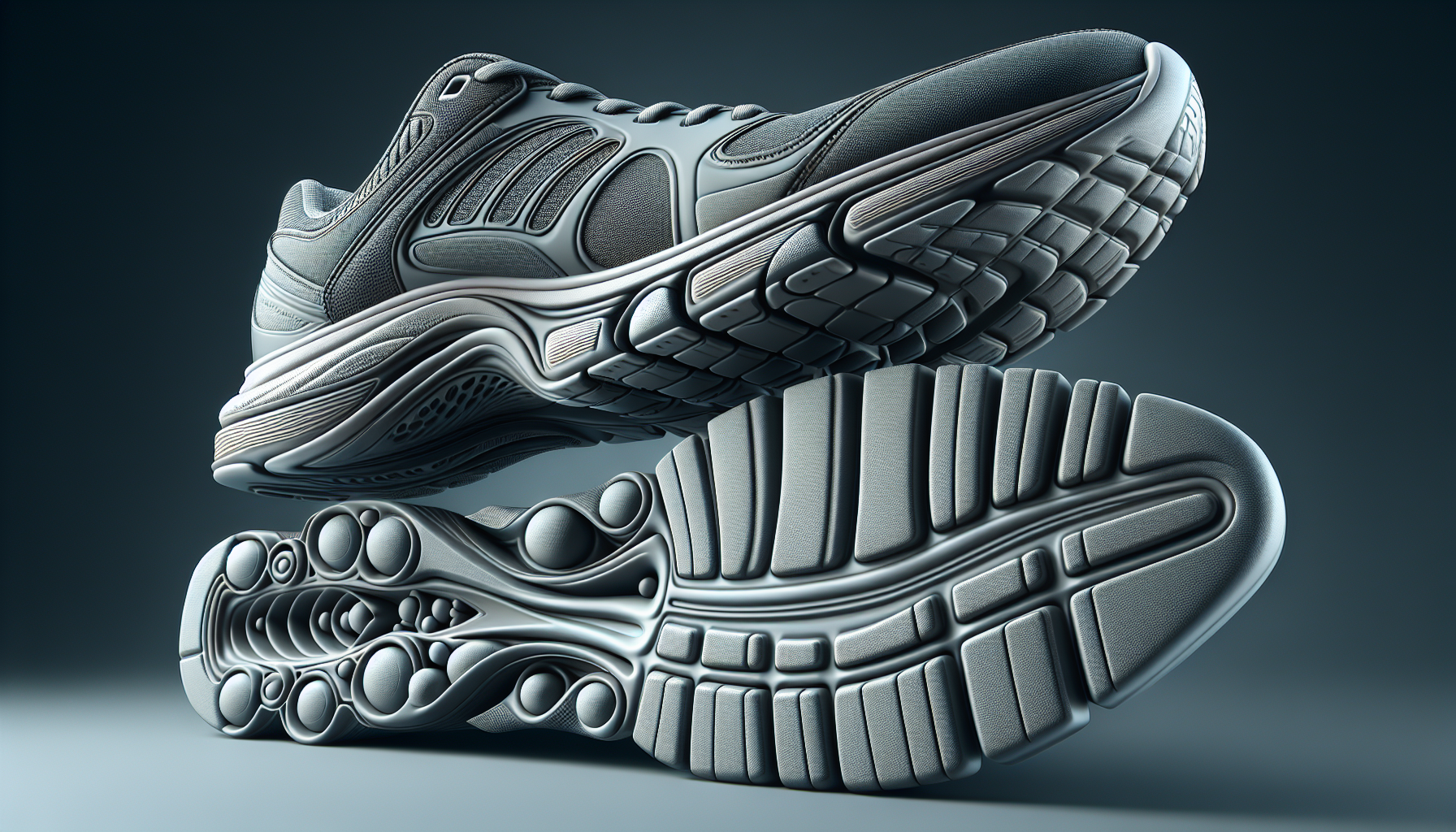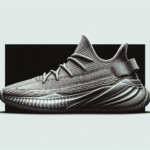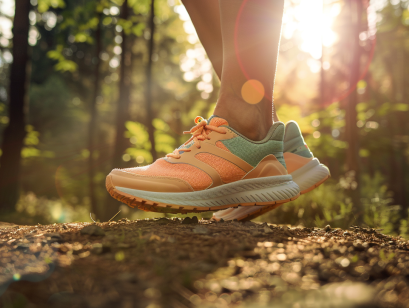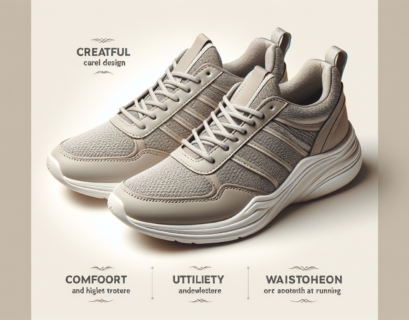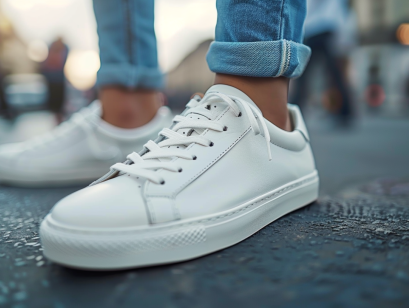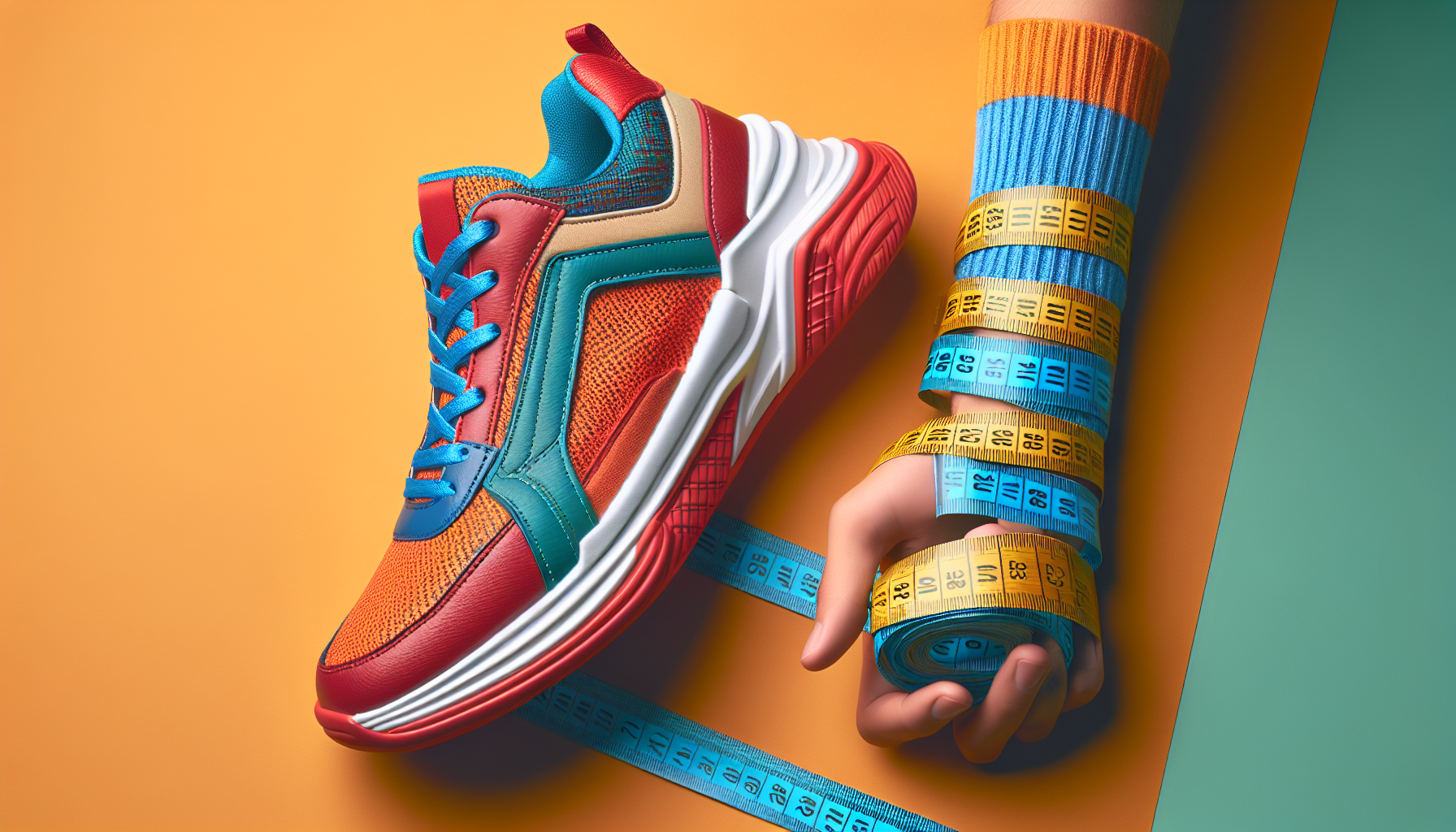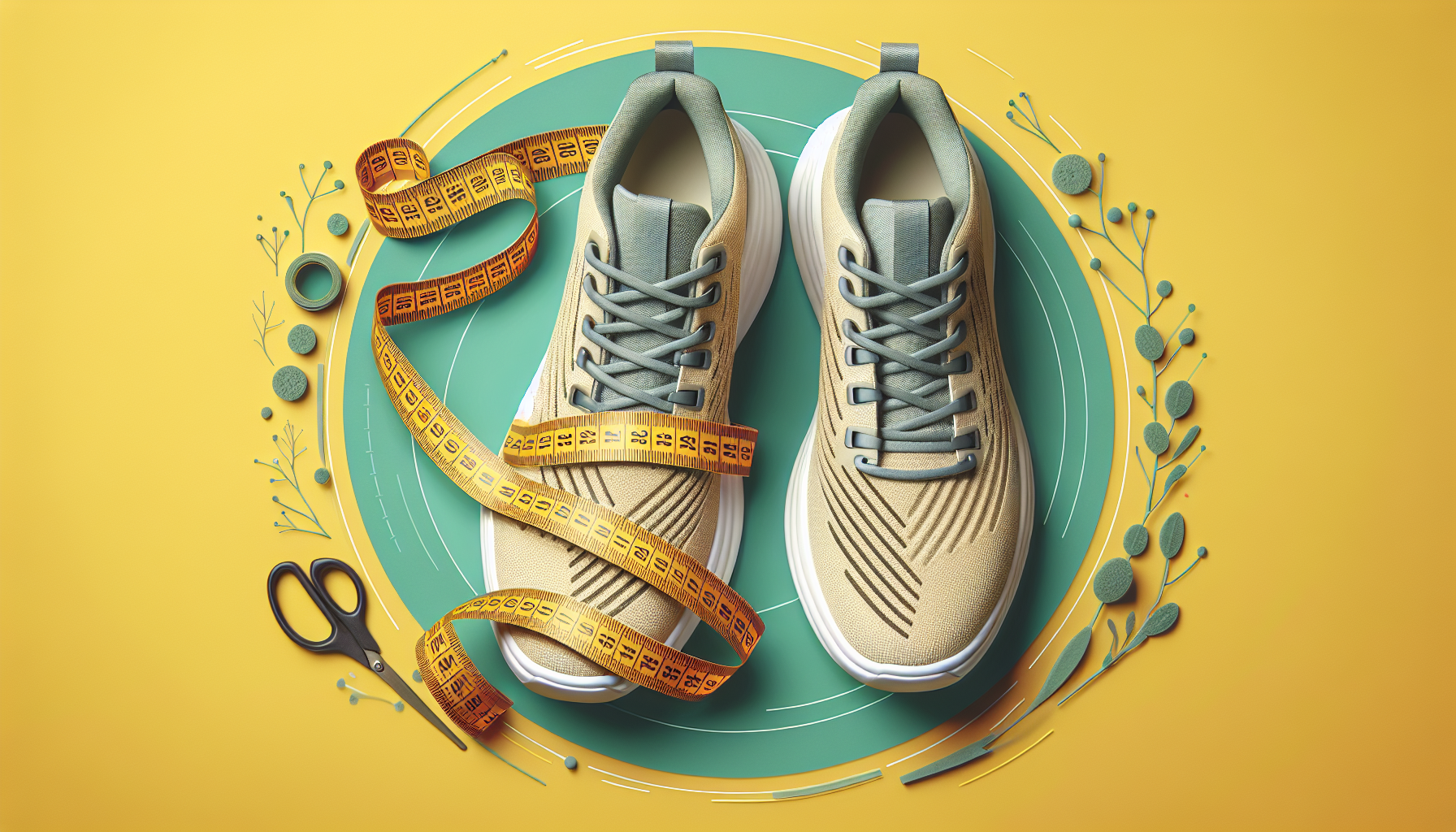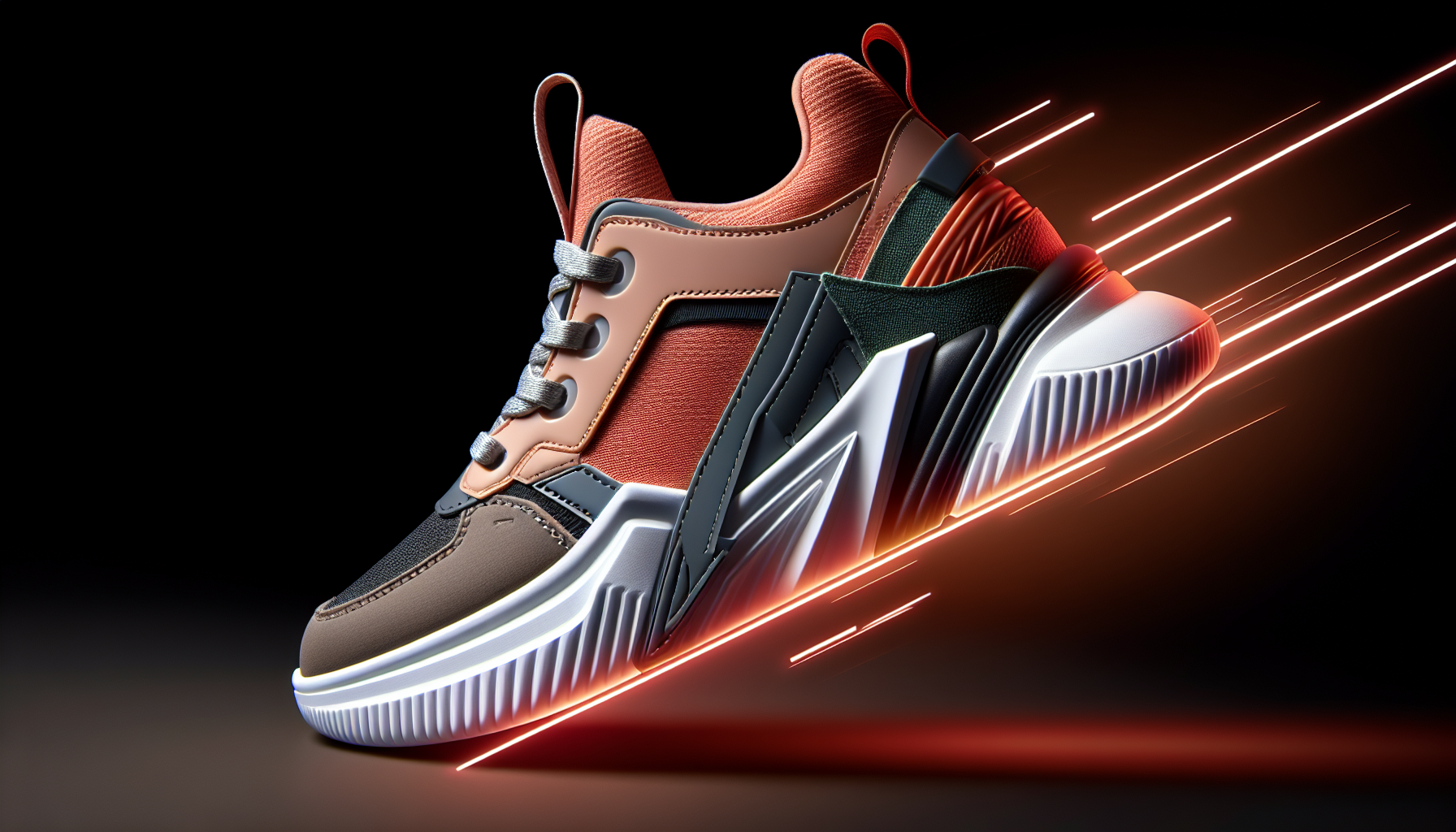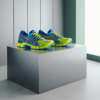When it comes to finding the perfect pair of sneakers for walking and standing, there are a few key features that you should keep in mind. From cushioning and support to flexibility and breathability, these factors can make all the difference in your comfort level throughout the day. In this article, we will explore some of the essential features that you should look for when choosing comfortable sneakers, ensuring that you find the ideal pair to keep your feet happy and pain-free.
Understanding Foot Anatomy
The Role of Arch Type
Understanding the anatomy of your feet is crucial in finding the perfect pair of comfortable sneakers for walking and standing. One important aspect to consider is your arch type. The arch of your foot plays a significant role in distributing weight and providing support. There are three types of arches: high arches, normal arches, and flat arches.
If you have high arches, you might need extra cushioning to alleviate the pressure on the ball and heel of your feet. On the other hand, individuals with normal arches have a balanced weight distribution and can choose sneakers with moderate cushioning and support. If you have flat feet, it means you have little to no arch, and you might require sneakers with enhanced arch support and stability.
Foot and Ankle Structure
Understanding the structure of your foot and ankle is another important factor when looking for comfortable sneakers. The foot consists of 26 bones, numerous ligaments, and tendons. These structures work together to provide stability and mobility. The ankle, made up of the tibia, fibula, and talus bones, allows for the up and down movement of the foot.
When choosing the right sneakers, consider the width and shape of your feet. Some individuals have wider feet, requiring sneakers with a broader toe box to accommodate their foot structure. Additionally, if you have any specific foot conditions, such as bunions or hammertoes, it’s important to find sneakers that provide ample space and support to alleviate discomfort.
Gait Analysis
Gait analysis is a valuable tool used to assess your walking pattern and identify any biomechanical issues that may affect your comfort while walking or standing. This analysis can be performed by a professional or through advanced technology, such as pressure sensors and motion capture systems.
By understanding your gait, you can choose sneakers that address any imbalances or abnormalities in your walking pattern. For example, if you tend to overpronate (rolling your foot inward excessively), sneakers with stability features, such as medial side support, can help correct the alignment and prevent injuries. Conversely, if you supinate (rolling your foot outward), you may benefit from sneakers with cushioning and flexibility to absorb shock effectively.
Determining Comfort Needs
Understanding Personal Comfort Requirements
When it comes to finding comfortable sneakers for walking and standing, everyone has unique comfort requirements. Factors such as foot shape, arch type, and specific foot conditions all come into play. It’s essential to understand your personal comfort needs and prioritize them during the selection process.
Consider factors like cushioning preferences – some individuals prefer plush cushioning, while others prefer a firmer feel for better ground feedback. Additionally, assess any specific foot conditions or sensitivities you may have, such as plantar fasciitis or Achilles tendonitis. Look for sneakers that provide targeted support and relief for these specific needs.
The Impact of Walking and Standing Habits
Your walking and standing habits play a significant role in determining your comfort needs. If you spend long hours on your feet or have an active lifestyle that involves a lot of walking or standing, you’ll need sneakers that offer superior cushioning and support to prevent fatigue and discomfort.
Consider your daily routine and the activities you engage in while wearing your sneakers. Are you primarily walking on hard surfaces like concrete or spending a lot of time on your feet at work? These factors will help guide your choice in selecting sneakers that can withstand the demands of your lifestyle and provide the necessary comfort and support you need.
Importance of Shoe Size
Accuracy of Shoe Sizing
One of the most critical aspects of finding comfortable sneakers is ensuring an accurate shoe size. Wearing shoes that are too small or too big can lead to a host of discomfort issues, including blisters, calluses, and foot pain. Therefore, it’s crucial to measure your feet correctly and understand the shoe sizing system.
To measure your feet accurately, stand barefoot on a piece of paper, and trace the outline of your foot. Measure the length from the heel to the longest toe and the width at the widest point. Use these measurements to determine your correct shoe size by referring to a sizing chart specific to the brand or retailer you plan to purchase from.
Impact of Incorrect Shoe Size
Wearing incorrectly sized sneakers can pose several problems. If the shoes are too tight, they can cause pressure points, restrict natural movement, and potentially lead to foot deformities over time. Conversely, wearing shoes that are too big can result in your foot sliding around, causing blisters and instability.
Ill-fitting sneakers can also affect your gait and overall comfort. When the shoes are not the right size, they may interfere with the natural alignment of your feet, leading to issues such as pronation or supination. Additionally, improperly sized shoes can put unnecessary strain on your joints, potentially leading to pain and injuries.
Examining Sneaker Material
Type of Fabrics Used
The choice of materials used in the construction of sneakers can significantly impact their comfort and performance. Different fabrics offer varying levels of breathability, flexibility, and durability. Understanding the different materials used can help you make an informed decision about the sneakers that best suit your needs.
Common materials used in sneakers include mesh, leather, synthetic blends, and knit fabrics. Mesh is a popular choice due to its breathability and lightweight nature, making it suitable for warmer weather or intense physical activity. Leather provides durability and structure but may be less breathable. Synthetic blends and knit fabrics offer a combination of breathability, flexibility, and durability, catering to different preferences and activities.
Breathability of Materials
Breathability is an essential factor when looking for comfortable sneakers, especially if you’ll be wearing them for long periods or in warm climates. Breathable materials allow air to circulate around your feet, preventing excessive sweating, odor, and discomfort.
Mesh fabrics, in particular, are known for their excellent breathability as they enable air to flow freely through the shoes. Additionally, sneakers with perforated uppers or mesh panels often enhance breathability. It’s important to consider the materials used in the construction of the sneaker and prioritize breathability based on your personal preferences and comfort needs.
Durability of Footwear Materials
Durability is another crucial factor to consider when investing in comfortable sneakers. The materials used in the construction of the sneaker determine its overall longevity and resistance to wear and tear.
Leather is known for its durability and ability to withstand daily use, making it a popular choice for those looking for long-lasting sneakers. Synthetic materials, such as PVC or polyurethane, also offer durability and abrasion resistance, ensuring the sneakers remain in good condition even after prolonged use. However, it’s important to strike a balance between durability and breathability to ensure maximum comfort.
Checking Cushioning
Presence of Adequate Insole Cushioning
Cushioning is a crucial aspect of comfortable sneakers, as it helps absorb impact and reduce strain on your feet and joints. Adequate insole cushioning can provide an additional layer of comfort and support for those long walks or standing hours.
When examining sneakers for insole cushioning, consider the material used, such as foam or gel inserts. The thickness and density of the cushioning can also vary, offering different levels of shock absorption. It’s essential to choose sneakers with sufficient cushioning that suits your comfort preferences and the demands of your activities.
Role of Midsole Cushioning
Midsole cushioning is another significant factor that contributes to the overall comfort and support of sneakers. The midsole is the layer between the outsole and the insole, responsible for providing shock absorption, stability, and energy return.
Different sneakers may feature various technologies and materials in their midsoles, such as EVA (ethylene-vinyl acetate) foam or air cushioning systems. These technologies aim to provide a balance of cushioning and responsiveness, ensuring a comfortable and efficient stride. Understanding the role of midsole cushioning and its impact on your comfort can help you make an informed decision when selecting sneakers.
Shock Absorption Capacity
Shock absorption refers to the sneaker’s ability to absorb and dissipate the impact forces generated when walking or running. Sneakers with excellent shock absorption capacity can help reduce the strain on your feet, ankles, knees, and other joints, enhancing overall comfort and preventing injuries.
When evaluating sneakers for their shock absorption capacity, consider the materials used in the midsole and outsole. High-quality cushioning materials, like air or gel, can effectively absorb shocks and distribute pressure evenly. Additionally, sneakers with a well-designed outsole pattern can enhance shock absorption, providing a smoother and more comfortable walking or standing experience.
Analyzing Shape and Design
Sneaker Design Influence
The design of a sneaker goes beyond aesthetics and plays a crucial role in its overall comfort and performance. Sneaker design influences factors such as fit, stability, support, and natural foot movement.
Look for sneakers that have been carefully engineered to align with the natural contours of the foot. The design should provide ample room in the toe box to prevent cramping and allow your toes to splay naturally during each step. Additionally, a well-designed sneaker should provide stability through features like reinforced heel counters and secure lacing systems.
Role of Toe Box Shape
The toe box shape of a sneaker can significantly impact your comfort, especially if you have wider feet or specific foot conditions. The toe box refers to the front part of the shoe that encompasses the area around your toes.
A spacious and rounded toe box is generally more comfortable as it allows your toes to move and flex freely. This design helps prevent issues like bunions and restricted blood flow. However, individuals with narrow feet may prefer sneakers with a more tapered toe box for a snugger fit. It’s essential to find a toe box shape that caters to your unique foot structure and comfort preferences.
Heel Counter Features
The heel counter of a sneaker plays a crucial role in providing stability and support to the rear of the foot. The heel counter is the firm structure located at the back of the shoe surrounding the heel area.
A well-designed and supportive heel counter helps prevent excessive pronation or supination, ensuring proper alignment and reducing the risk of injuries. Look for sneakers with a sturdy heel counter that keeps your foot securely in place while walking or standing. Additionally, ensure that the heel counter is padded or cushioned to enhance comfort and reduce friction.
Sole Flexibility
The flexibility of the sneaker’s sole is an important consideration when it comes to comfort. The sole’s flexibility affects how your foot moves and bends during each step, allowing for a more natural and comfortable walking or standing experience.
Sneakers with a flexible sole mimic the natural movement of your foot and promote a smoother gait cycle. This flexibility helps reduce strain on your feet, ankles, and other joints. However, it’s important to strike a balance between flexibility and support, especially if you have specific foot conditions or require extra stability.
Importance of Support
Arch Support Relevance
Arch support is a critical element of comfortable sneakers, particularly for individuals with high arches or flat feet. The arch of your foot acts as a shock absorber and stabilizer, and proper arch support helps maintain proper alignment and reduce strain on the muscles, tendons, and ligaments.
When evaluating sneakers for arch support, look for features like a contoured insole or removable orthotic inserts that cater to your specific arch type. Adequate arch support can help alleviate discomfort, prevent overpronation or supination, and promote proper foot mechanics during walking or standing.
Ankle Support in Sneakers
Ankle support is another important aspect to consider when seeking comfortable sneakers, especially if you have weak or unstable ankles. The ankle joint is responsible for providing stability and mobility, and proper support can help prevent injuries and enhance comfort.
Look for sneakers that feature a higher ankle collar or a padded design to provide additional support and stability around the ankle. However, it’s important not to sacrifice freedom of movement, especially if you engage in activities that require a wider range of motion. Finding the right balance between ankle support and flexibility is crucial for optimal comfort and performance.
Understanding Heel Support
Heel support plays a vital role in providing stability and reducing the risk of injuries, especially when standing or walking for extended periods. Proper heel support helps distribute weight evenly and maintain alignment, reducing strain on your feet, ankles, and knees.
Look for sneakers that feature a cushioned and supportive heel counter that keeps your heel securely in place. The heel should fit snugly without any slipping or rubbing against the back of the shoe. Additionally, sneaker designs with a slightly raised or angled heel can help promote a more natural and comfortable walking or standing posture.
Weight of the Sneakers
Impact of Shoe Weight on Comfort
The weight of your sneakers can significantly impact your overall comfort, especially if you’re walking or standing for extended periods. Heavy shoes can lead to increased fatigue and strain on your lower limbs and joints, while lightweight options can provide a more effortless and comfortable experience.
Consider the activities you’ll be engaged in while wearing your sneakers and choose a weight that caters to your preferences and comfort needs. If you have specific foot conditions or require additional support, you may opt for slightly heavier sneakers with enhanced stability features. However, for general walking or standing purposes, lighter sneakers can reduce fatigue and help you stay comfortable throughout the day.
Lightweight Materials
The materials used in the construction of sneakers play a significant role in determining their weight. Lightweight materials can make a noticeable difference in the overall comfort of the sneakers.
Look for sneakers made with lightweight materials such as mesh, knit fabrics, or specialized foam compounds. These materials offer excellent breathability, flexibility, and shock absorption while keeping the overall weight of the sneakers to a minimum. Lightweight sneakers can enhance your comfort by reducing the burden on your feet and ensuring a more effortless walking or standing experience.
Lacing and Adjustment Systems
Traditional Lace-ups vs Slip-ons
The lacing and adjustment system of your sneakers can impact their overall comfort and fit. Traditional lace-up sneakers offer a customizable fit and allow you to adjust the tightness according to your preferences and foot shape.
Traditional lace-ups provide a secure and locked-in feel, ensuring stability and preventing your feet from sliding around inside the shoes. This lacing system allows you to adjust the tension in different areas of the shoe to alleviate pressure points and enhance comfort.
Alternatively, slip-on sneakers provide convenience and ease of use, perfect for individuals who prefer a quick and hassle-free option. Slip-ons offer a more relaxed fit but may lack the customized adjustability that traditional lace-ups provide. Consider your comfort needs and preferences when deciding between these lacing and adjustment systems.
Role of Adjustable Straps
Some sneakers feature adjustable straps in addition to, or instead of, traditional laces. These straps can provide a secure and customized fit, catering to individuals with specific foot conditions or preferences.
Adjustable straps allow for easy tightening or loosening, accommodating different foot widths and shapes. They can provide additional support and stability, particularly around the midfoot or ankle area. If you have difficulty tying laces or require specific pressure point adjustments, sneakers with adjustable straps may be a suitable option for you.
Investigating Brand Reputation
Quality Assurance from Trusted Brands
When investing in comfortable sneakers, it’s important to consider the reputation and quality assurance of the brand. Trusted brands often have a longstanding commitment to producing high-quality footwear that prioritizes comfort and performance.
Reputable brands invest in research and development, utilizing innovative technologies and materials to ensure their sneakers cater to various comfort needs. These brands also prioritize rigorous testing and quality control to guarantee consistent product satisfaction.
Customer Reviews and Ratings
Customer reviews and ratings can provide valuable insights into the comfort and performance of sneakers. Reading reviews can help you gain information from other individuals who have already tried the specific sneakers you are interested in.
Pay attention to reviews that mention factors like cushioning, support, fit, and durability. Understanding others’ experiences can help you make an informed decision and ensure that the sneakers you choose align with your comfort needs.
In conclusion, finding comfortable sneakers for walking and standing requires a comprehensive understanding of foot anatomy, personal comfort requirements, and the key features to look for. By considering factors such as arch type, foot and ankle structure, shoe size, sneaker material, cushioning, shape and design, support, weight, lacing and adjustment systems, and brand reputation, you can make an informed decision and invest in sneakers that prioritize your comfort and well-being. Remember to prioritize your personal comfort needs, consult professional advice if necessary, and thoroughly research different options before making a purchase. Happy walking and standing!

